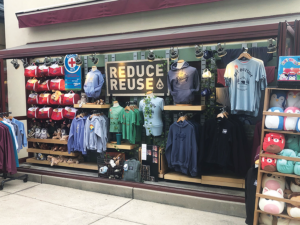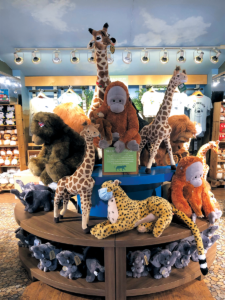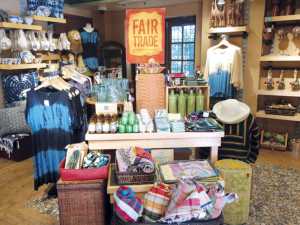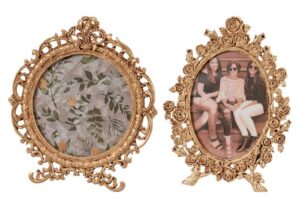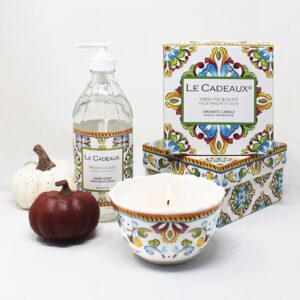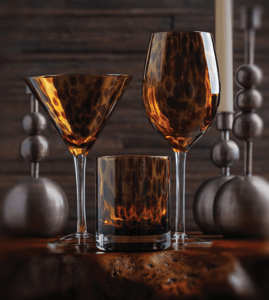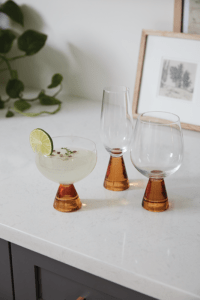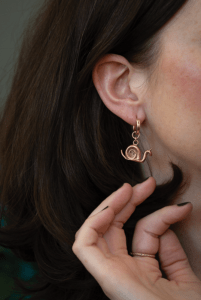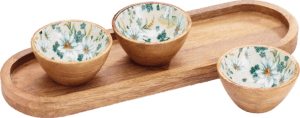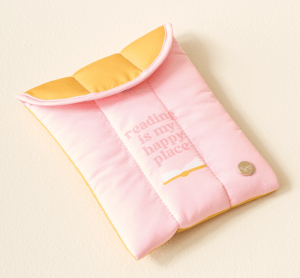
Zoo-rific Shopping
Philadelphia Zoo, located in the outskirts of downtown Philadelphia, is a prime destination for locals — city residents, southern New Jersey residents and even individuals from Delaware — as well as tourists. The zoo typically welcomes over one million visitors each year; the summer season being the busiest time.
Home to over 1,300 species, there is much to explore on the zoo grounds. Visitors enjoy cats, reptiles, gorillas, bears, birds and more. To reinforce the experience, retail offerings provide a variety of merchandise for visitors.
The ZooShop is the largest retail location, that features 3,600 square feet and is located near the entrance. The Trading Post offers 1,400 square feet of floor space and is located near the Big Cat Falls exhibit.
“The ZooShop is open year-round and the Trading Post is open during peak season and events,” shared Andrea Froehle, vice president marketing and communications, and Jerry Kelly, store director for Event Networks. “During the summer season, holidays and events, guests will also find several carts that are merchandised based on the location — featuring product based on nearby animals and exhibits, or offering products that help augment the guest experience for a certain event or holiday.”
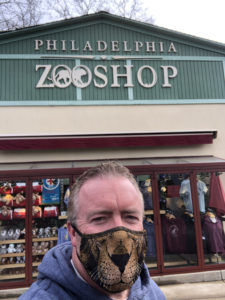
Froehle and Kelly explained that summer is the busy season and activity at the zoo increases around spring break. Other draws for seasonal crowds include events such as Fall like Boo at the Zoo and a winter holiday event. During these peak times, retail staff is increased to accommodate more retail locations that operate during the summer and special events/holiday season.
Event Network explained that although not all of the one million plus zoo visitors visit the store, the retail shops “try and reach all possible guests.” To attract the attention of customers, displays are arranged outside the main store and a mobile POS system is able to capture additional sales the physical store may not.
A curated product mix is geared towards animal-lovers of all types. “We’re proud to offer a product assortment that appeals to every age group and animal lover. Souvenir, toy, plush and apparel are our top selling departments. In general, small pick-up items, such as pins, key chains, lanyards, and patches are always popular,” Kelly emphasized.
When it comes to sourcing, we select merchandise and vendor partners based on criteria and values that are aligned with Philadelphia Zoo’s mission to support the planet,” Kelly emphasized. “Much of our product is purpose-driven.”
Kelly and Froehle work with vendors that offer sustainable products and merchandise crafted, produced and transported in a minimal-waste, sustainable manner. “In this way, we demonstrate our commitment to conservation and hope to inspire guests to think about their own impact and find ways to take action in their own backyard and around the world,” they shared.
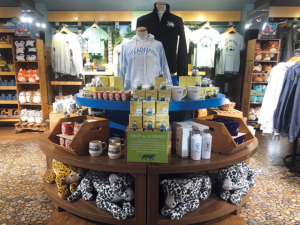
Custom merchandise is also popular. Products that reflect celebrations, such as new births at the zoo, conservation milestones, anniversaries and other important events are solid sellers. Additionally, branded zoo apparel and souvenirs perform well.
The top-seller in the custom category is the Zoo Key. “These keys are created specifically for Philadelphia Zoo and they have a fantastic history! For nearly 50 years (1960-2007), talking story boxes were situated throughout the park, and colorful keys were used to unlock special stories about wildlife from Philadelphia zookeepers. These stories enhanced the exhibits with fun facts and detail, and became part of the park’s character over the years. Our famous story box machines are back now, and The Zoo Keys are more popular than ever! They’re made from recycled plastic and come in several colors and shapes: red and purple lions, bears, and gorillas,” Kelly shared.
Froehle and Kelly also noted the keys are even popular with the adults who have continued to visit the zoo since they were children, as the product evokes nostalgia and memories.
Binoculars are also on the best-seller list. This branded item gives children the “on a safari” feel, Froehle shared.
Both the ZooShop’s and Trading Post’s inventory is turned about four to five times per year to allow for seasonal appeal, and is selected to target specific demographics. For instance, in the summer the merchandise reflects family and tourism and winter months reflect a holiday mix focused on gifts and ornaments.
“Our merchandising displays are never static,” noted Kelly. Typically displays are rotated weekly depending on current inventory, popular trends and new product introductions. The curated mix showcased reinforces and reflects special events or a specific zoo program or animal.
“The traditional ‘rules of thumb’ for retail merchandising have changed given our new reality of operating amidst a pandemic,” Froehle noted. “Guest safety, comfort and confidence guide our merchandising decisions, but we never compromise on creativity!”
The team uses high shelves, little “nooks” and even vignettes to highlight merchandise. This display method allows guests to view the merchandise — without touching. “Demo or touch experiences won’t be eliminated forever, but while we emerge from coronavirus and adapt to heightened sensitivities, we have removed product demonstrations and sampling that enable the passing of germs,” noted Kelly.
Other safety changes include a floorplan that has been decluttered, which “creates a clear line of sight to product and focuses shoppers’ attention on specific pieces,” and encourages social distancing. These modifications reduce a shopper’s ability to touch as they browse.
Additionally, the retail team created a t-shirt wall and plush display that offers “no-fuss grab-and-go experiences.” All the in-store signage also assists shoppers as it communicates the purpose behind each item and “empowers guests to make choices that are better for the planet.”
“Whether it’s calling out a product’s sustainability attributes, how a product is made or its origins, or how the purchase supports a critical mission such as protecting endangered species or wildlife rehabilitation – TELLING THE STORY has tremendous impact,” shared Froehle.
Since reopening shops after the COVID closures, the retail team experienced several successes. To encourage shopping, plush displayed in a bucket outside the phsyical store attracted visitors. Signage provided assistance as it detailed pricing and other pertinent information. “To our great surprise, we sold through all on-hand inventory in the first eight weeks using this merchandising method. In fact, we sold more plush this way than the same time last year,” said Kelly.
Similarly, another success was its Tiger Blaster toy display, which was moved to what the staff calls the “spill out area.” “Doing so made it easy for staff to demo,” shared Kelly. This prevented guests from touching the toy, yet it still provided an experience with the merchandise that shoppers connected with.
Froehle and Kelly believe this strategy worked because guests were met “where they were.” Merchandise was conveniently offered near the visitors in a highly visible and engaging manner.
The retail team shared that any visit to Philadelphia Zoo is “full of adventure and discovery.” The human-animal interaction provides a connection but also an education on endangered species and what individuals can do to help support and create a more sustainable planet and habitat that protects wildlife.
Throughout the various retail offerings, conservation is reinforced through the reusable bag program and product offerings such as the Zoo’s Rescue Kits that feature stuffed animals and information on the species survival and rehabilitation.
Additionally, the gift shops offer a Round Up Program, which is a very important fundraising initiative for the Zoo. Sales are rounded up to the nearest dollar and the funds collected will directly support research, animal care and educational efforts at the zoo. “The extra change really adds up,” shared Froehle and Kelly. “The store really is an extension of the Zoo and brings the experience full-circle.
The use of signage helps to tell a story about protecting the natural world and is also used to describe the iconic Zoo Key offering.

